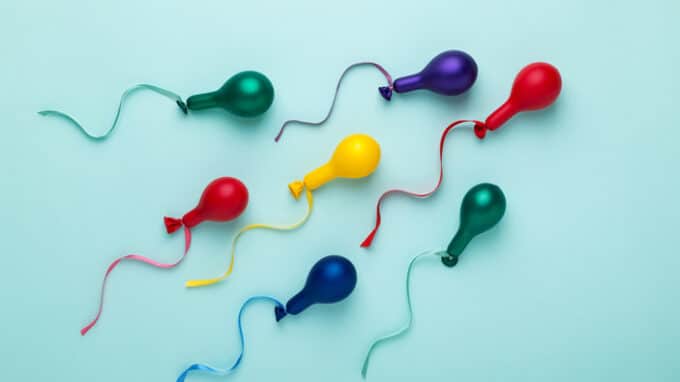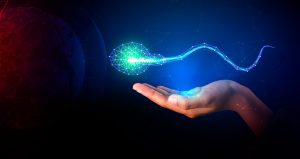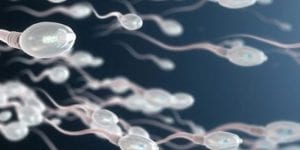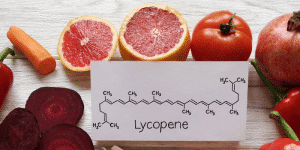Researchers at Stockholm University have uncovered the hidden intricacies of how sperm develop from passive spectators into dynamic swimmers. This transformation is a crucial step on the path to fertilization and depends on the activation of a unique ion transporter.
How a Protein Called “SLC9C1” Influences Male Sperm
Sperm can be thought of as tiny adventurers in search of the ultimate treasure, the egg cell. They have no map, but they use something even more extraordinary: chemoattractants. These are chemical signals emitted by the egg cell that guide and activate the sperm like a siren song. When these signals bind to receptors on the surface of the sperm, they trigger a series of events that set their movement toward the egg in motion. A protein called “SLC9C1” plays a key role in this complex scenario.
It is found exclusively in sperm and is normally inactive. However, when the chemoattractants interact with the surface of the sperm, everything changes. “SLC9C1 functions like a sophisticated exchange system. It exchanges protons from inside the cell for sodium ions from outside, temporarily creating a less acidic environment within the sperm. This change in the internal environment triggers increased motility of the sperm,” says David Drew, professor of biochemistry at Stockholm University.
Novel Contraceptives for Men
The activation of SLC9C1 is triggered by a voltage change that occurs when chemoattractants bind to the sperm. To do this, SLC9C1 uses a unique property known as a voltage-sensitive domain (VSD). Typically, VSD domains are associated with voltage-gated ion channels. In the case of SLC9C1, however, this is something truly extraordinary in the field of transporters. RSesearchers led by David Drew have uncovered the secrets of the inner workings of SLC9C1, providing the first example of the activation of a voltage-sensitive domain of a transporter and its connection via an unusually long voltage-sensitive (S4) helix.
“The VSD domain responds to the voltage change by pushing its rod-shaped S4 helix inward. This clears the way for ion exchange through SLC9C1 and ultimately triggers sperm motility. Transporters function very differently from channels, and therefore the VSD is coupled to the sperm protein in a way that we have never seen or even imagined before. It’s exciting to see how nature has achieved this, and perhaps in the future we can learn from it to create synthetic proteins that can be activated by voltage, or develop novel male contraceptives that block this protein,” notes David Drew.





